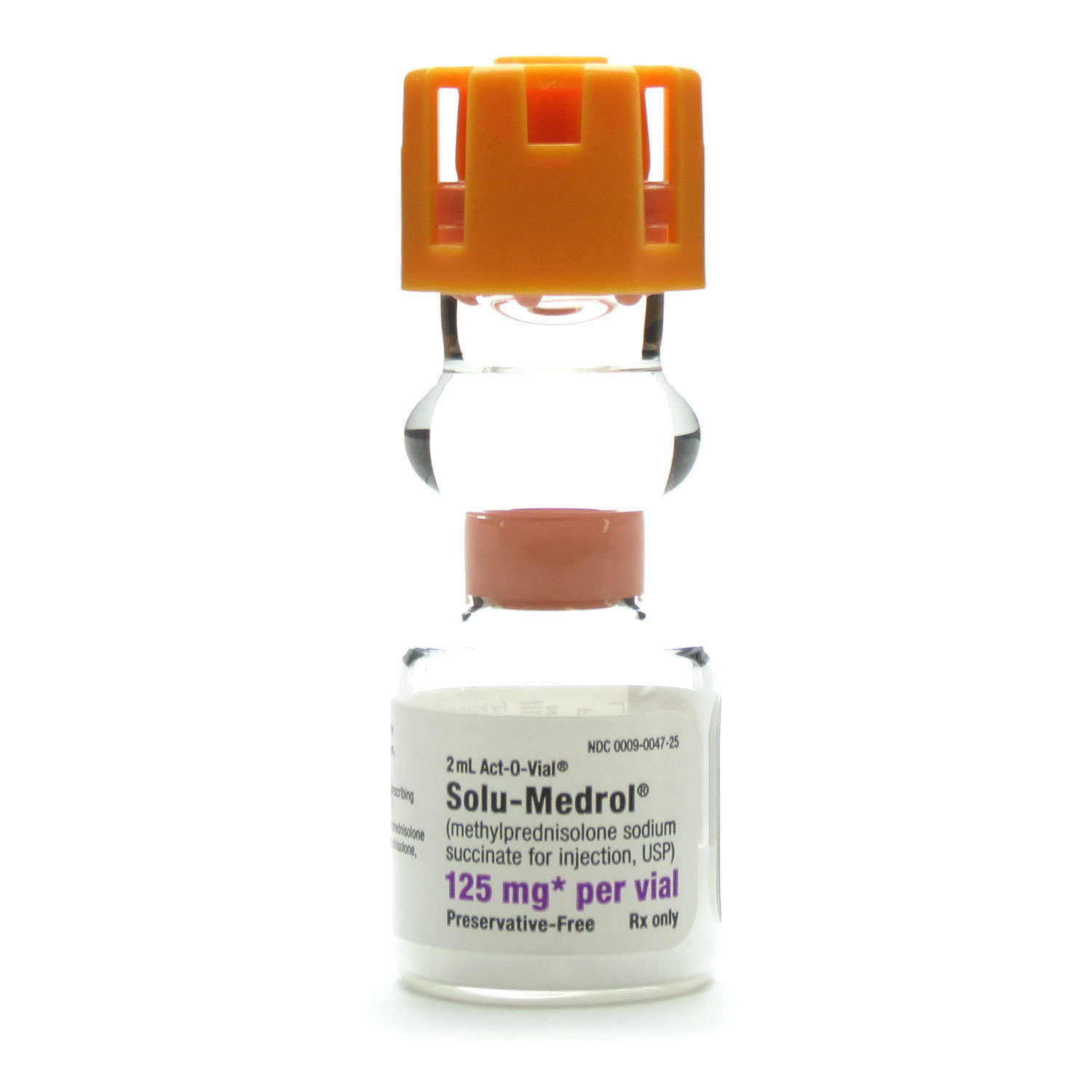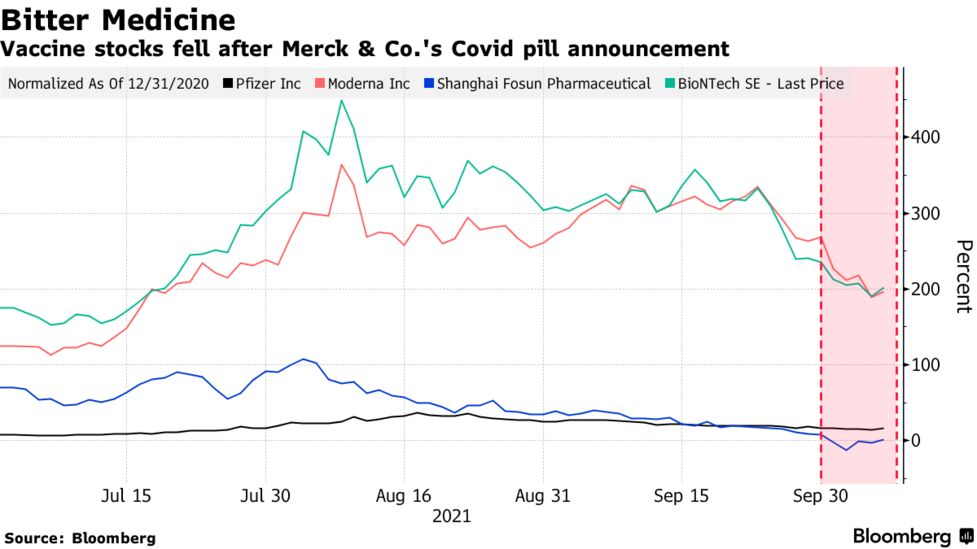

Pfizer's environmental, social and governance track recordĮnvironmental, social and governance (known as ESG) criteria are a set of three factors used to measure the sustainability and social impact of companies like Pfizer. Such a low SIR usually points to an optimistic outlook for the share price, with fewer people currently willing to bet against Pfizer. In this case Pfizer's short interest could be expressed as 0.01% of the outstanding shares (for every 100,000 Pfizer shares in existence, roughly 10 shares are currently held short) or 0.0097% of the tradable shares (for every 100,000 tradable Pfizer shares, roughly 10 shares are currently held short).

However Pfizer's short interest can also be evaluated against the total number of Pfizer shares, or, against the total number of tradable Pfizer shares (the shares that aren't held by "insiders" or major long-term shareholders – also known as the "float"). In other words for every 100,000 Pfizer shares traded daily on the market, roughly 2210 shares are currently held short. Pfizer's "short interest ratio" (SIR) is the quantity of Pfizer shares currently shorted divided by the average quantity of Pfizer shares traded daily (recently around 24.7 million). There are a few different ways that this level of interest in shorting Pfizer shares can be evaluated. This figure is 0.7% up from 54.1 million last month. There are currently 54.5 million Pfizer shares held short by investors – that's known as Pfizer's "short interest". TTM: trailing 12 months Shorting Pfizer shares The EBITDA is a measure of a Pfizer's overall financial performance and is widely used to measure a its profitability. Pfizer's EBITDA (earnings before interest, taxes, depreciation and amortisation) is $20.1 billion. By accounting for growth, it could also help you if you're comparing the share prices of multiple high-growth companies. The PEG ratio provides a broader view than just the P/E ratio, as it gives more insight into Pfizer's future profitability. A low ratio can be interpreted as meaning the shares offer better value, while a higher ratio can be interpreted as meaning the shares offer worse value. Pfizer's "price/earnings-to-growth ratio" can be calculated by dividing its P/E ratio by its growth – to give 1.7302. The low P/E ratio could mean that investors are pessimistic about the outlook for the shares or simply that they're under-valued. That's relatively low compared to, say, the trailing 12-month P/E ratio for the NASDAQ 100 at the end of 2019 (27.29). In other words, Pfizer shares trade at around 19x recent earnings. Pfizer's current share price divided by its per-share earnings (EPS) over a 12-month period gives a "trailing price/earnings ratio" of roughly 19x. However, analysts commonly use some key metrics to help gauge the value of a stock.

Valuing Pfizer stock is incredibly difficult, and any metric has to be viewed as part of a bigger picture of Pfizer's overall performance. Finder might not concur and takes no responsibility. It represents a technical analysis based on the most popular technical indicators: Moving Averages, Oscillators and Pivots. The technical analysis gauge below displays real-time ratings for the timeframes you select. If you had bought $1,000 worth of Pfizer stocks at the start of February 2020, those stocks would have been worth $759.54 at the bottom of the March crash, and if you held on to them, then as of the last market close they'd be worth $1,169.04. Its last market close was $43.85, which is 18.54% up on its pre-crash value of $35.72 and 57.28% up on the lowest point reached during the March crash when the stocks fell as low as $27.88. Since the stock market crash in March caused by coronavirus, Pfizer's stock price has had significant positive movement. How has Coronavirus impacted Pfizer's stock price?


 0 kommentar(er)
0 kommentar(er)
